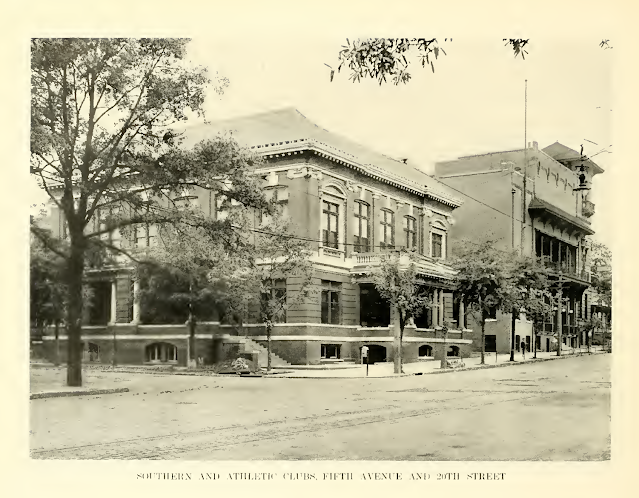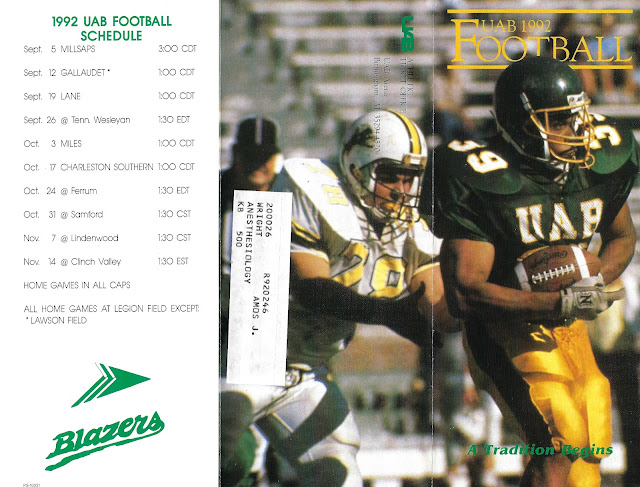Recently when we were in Huntsville Dianne and I made another pilgrimage to Mary's Antiques, Gifts and Beads on Pratt Avenue, which I wrote about in 2019. Dianne purchased a bunch of beads, of course, and I came away with the tin cannister seen below. Since I had never heard of the company, of course I had to investigate.
A Google search led me to a 2020 blog post by the "British Candy Connoisseur" who bought such a tin at an antique mall in Kansas in 2019. The piece includes magazine ads for the candy from the 1960's and 1970's offering the product as a means of fundraising by Boy Scouts, or similar groups. The "Connoisseur" could find little else on Verne Collier and requested any information readers might have.
I found little else myself; even the BhamWiki doesn't have an entry on the company. The Alabama business entity database maintained via the Secretary of State's office has a Verne Collier, Inc, listed in Cullman County, formed 1949, dissolved in 1981, and dealing in cosmetics.
I did locate ads such as the British Candy researcher found. Issues of Scouting and a Church of God monthly called Lighted Pathway carried ads for the company's products. As shown below, the company offered Gran-Ma's Vanilla or Lemon flavoring and Gran-Ma's Black Pepper in addition to the "Chocolettes". The black pepper ad even carried a photo of "Mrs. M. Wald, Birmingham, Alabama"--who was she? A satisfied customer?
These ads are known to have appeared in these two magazines between 1964 and 1974. Ads appear in seven 1969 issues of Lighted Pathway published by the Pathway Press of the Church of God. The first ad promises earnings of "$60 to $600 CASH" but the other ads appearing that year reduced the potential back to "$50 to $500" as it was in the 1964 ad. Four ads appear in 1970 issues of Scouting.
What can these ads and the cannister itself tell us? The tin is 5 inches high, 4 in diameter and held 14 ounces of candy. The cannister top includes a zip code, 35203. Zip codes were introduced by the Post Office on July 1, 1963. Address in the ads is 900 No. 19th St, Birmingham. That location appears to be a parking lot today. The top of the can gives a full ingredients list for the "Chocolettes" and also a public health permit code.
The British Candy Connoisseur speculated that the main business of Verne Collier, Inc., was to sell products to various organizations that could resell them at a profit. That may be the case, since the company left few footprints...
As seen below, Verne Collier appeared in the Birmingham Yellow Pages in 1961 and 1963. Further research may determine total years the company operated. If you have information about this Verne Collier company, please leave it in the comment section!





















































